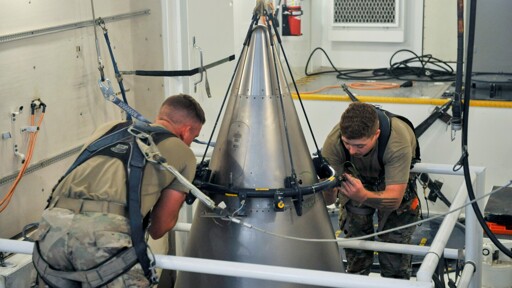For decades, the threat of nuclear conflict between the U.S. and the Soviet Union hung over humanity — and occasionally the superpowers edged toward the brink, as with the Cuban missile crisis.
But beginning in the 1970s, American and Soviet leaders started taking steps toward de-escalation, leading to a handful of critical treaties, including the 1987 Intermediate-range Nuclear Forces Treaty that eliminated an entire class of nuclear-capable missiles.
The pact was terminated in 2019 after the U.S. withdrew. On Tuesday, Russia announced it was ending self-imposed restrictions on the deployment of the missiles covered in the agreement.
That leaves just one nuclear arms pact between Moscow and Washington still standing: New START, which experts say is on the ropes and set to expire in February in any case.
While the end of nuclear weapons agreements between the U.S. and Russia does not necessarily make nuclear war more likely, “it certainly doesn’t make it less likely,” said Alexander Bollfrass, an expert on nuclear arms control at the International Institute for Strategic Studies.



Great! I can think of nothing better to be spending our resources on than an international game of chicken where a likely result is that everybody dies.